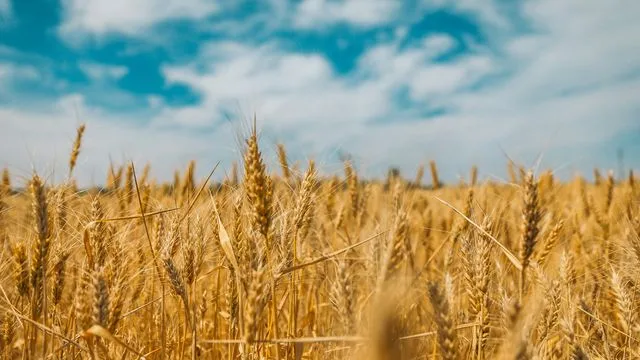Agricultural Waste: A Sustainable Source for Clothing Production
Innovative research has revealed that agricultural byproducts, specifically husks and wheat straw, can be effectively utilized to create dissolving pulp, a crucial component in clothing manufacturing. This discovery highlights a promising avenue for sustainable textile production, reducing reliance on traditional, resource-intensive methods.
Turning Waste into Wearables
The study focused on transforming agricultural waste into a valuable resource. By processing husks and wheat straw, researchers successfully developed a high-quality dissolving pulp suitable for textile applications.
Benefits of Using Agricultural Waste
- Sustainability: Reduces the environmental impact of textile production by utilizing waste materials.
- Resource Efficiency: Minimizes the need for virgin resources, promoting a circular economy.
- Cost-Effectiveness: Offers a potentially cheaper alternative to traditional pulp sources.
The Dissolving Pulp Process
The process involves breaking down the agricultural waste into a pulp form that can then be processed into fibers. These fibers are then used to create fabrics for clothing.
Implications for the Textile Industry
This research presents a significant opportunity for the textile industry to adopt more sustainable practices. By embracing agricultural waste as a raw material, manufacturers can reduce their environmental footprint and contribute to a more circular and eco-friendly economy.
Final Overview
The successful conversion of husks and wheat straw into dissolving pulp represents a major step forward in sustainable textile production. This innovative approach not only addresses environmental concerns but also offers economic benefits, paving the way for a greener future for the fashion industry.



+ There are no comments
Add yours